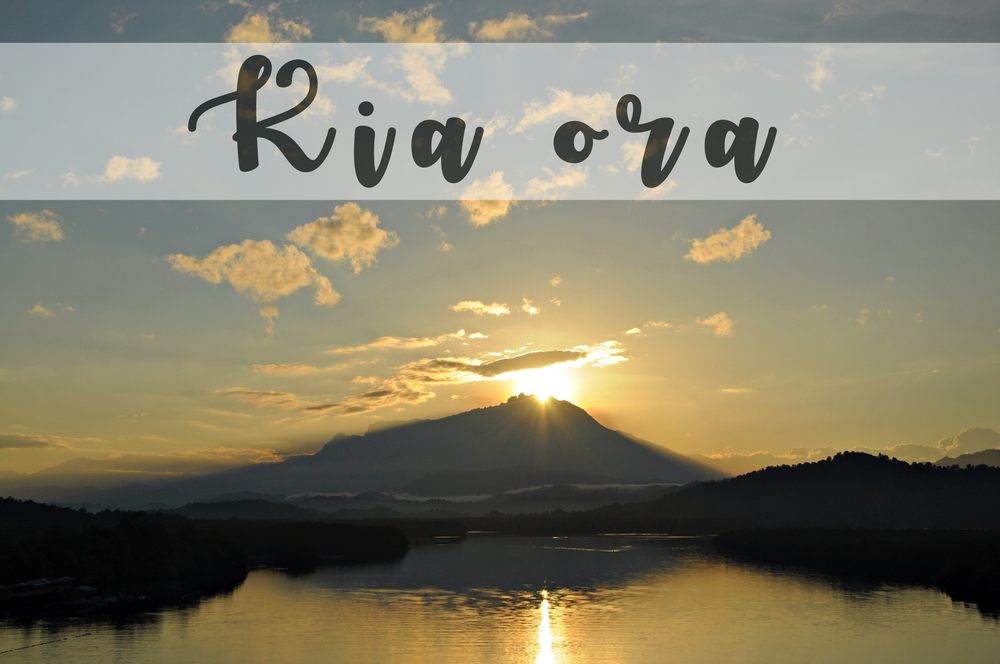When one thinks of New Zealand, the breathtaking landscapes, the vibrant cities, and the rich Maori culture come to mind. Among the many treasures the Maori culture has to offer, Hangi stands out as a culinary delight that has been passed down through generations.
It's not just a dish; it's an experience, a journey into the heart of Maori traditions.
What is Hangi Food?
Hangi is a time-honored Maori culinary tradition that has been practiced in New Zealand for centuries. This unique cooking method involves creating a large pit in the ground, which is then lined with heat-retaining stones.
A fire is lit to heat these stones. Once adequately heated, a variety of ingredients are meticulously arranged in this underground oven. The food is then allowed to steam for several hours until it becomes tender and flavorful. In ancient times, the food was covered with foliage and soil to trap the steam and ensure thorough cooking. However, modern practices have seen the introduction of aluminum foil, cloths, and wire baskets as alternatives.
The primary ingredients for a Hangi meal typically include root crops, starchy fruits, meat, fish, and shellfish. Due to its labor-intensive nature, Hangi is mostly reserved for special occasions and large gatherings.

History and Culture
The Hangi method is deeply embedded in Maori culture and history. Before metals and wires became commonplace, Maoris used natural materials like bark, large leaves, and other vegetation to cover and cook the food.
The 19th century saw the introduction of wire baskets, which became widely adopted, and traditional coverings like leaves and bark were replaced with sacking and cloth. This cooking method is more than just a culinary technique; it symbolizes community, heritage, and a deep connection to the land.
In places with natural hot springs, such as Rotorua, the Maori ingeniously utilized the springs to heat their stones, eliminating the need for fire.
Variations
The traditional Hangi primarily consists of meats like lamb, pork, chicken, and seafood, complemented with vegetables like potato, kūmara (sweet potato), yams, pumpkin, and cabbage.
However, as with all culinary traditions, variations have arisen over time. Some Hangi meals might emphasize different types of seafood, while others might cater to a vegetarian palate.
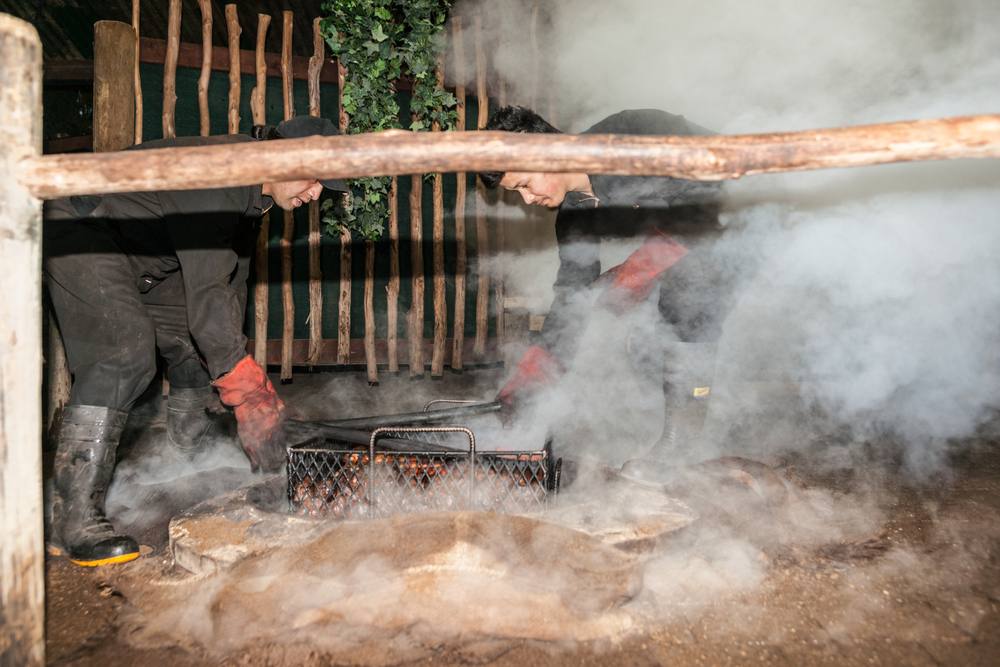
How to Make Hangi Food
To prepare a Hangi, a pit is dug in the ground and heated stones are placed inside. A large fire heats these stones. Baskets of food, lined with leaves or aluminium foil, are placed on top of the stones. The entire setup is then covered with earth, trapping the heat and steam inside.
This unique cooking process imparts a distinct smoky flavor to the food, making it a treat for the senses. After several hours, the earth is removed, revealing a feast that's been cooked to perfection.
The process of preparing a Hangi is a meticulous one that requires patience and precision. Here's a more detailed breakdown:
- Selecting the Location: A suitable spot is chosen, preferably away from flammable materials. The ground should be soft enough to dig but not too sandy.
- Digging the Pit: A pit, approximately 1 to 1.5 meters deep, is dug. The size of the pit depends on the amount of food to be cooked.
- Preparing the Stones: Volcanic stones, which retain heat well, are ideal. These stones are placed in the pit and a large fire is lit over them. The fire heats the stones for several hours.
- Arranging the Food: Once the stones are adequately heated, the embers are removed, and baskets of food are placed on the stones. These baskets contain meat, seafood, and vegetables, all wrapped in leaves or aluminum foil.
- Covering the Pit: The food-filled baskets are covered with wet sacks or cloths to create steam. The entire pit is then covered with soil, ensuring no steam escapes.
- Cooking: The food cooks in this natural underground oven for several hours. The heat from the stones and the trapped steam slow-cook the food, infusing it with a unique smoky flavor.
- Unearthing the Feast: After the cooking time, the soil is carefully removed, revealing baskets of perfectly cooked food, ready to be served and enjoyed.
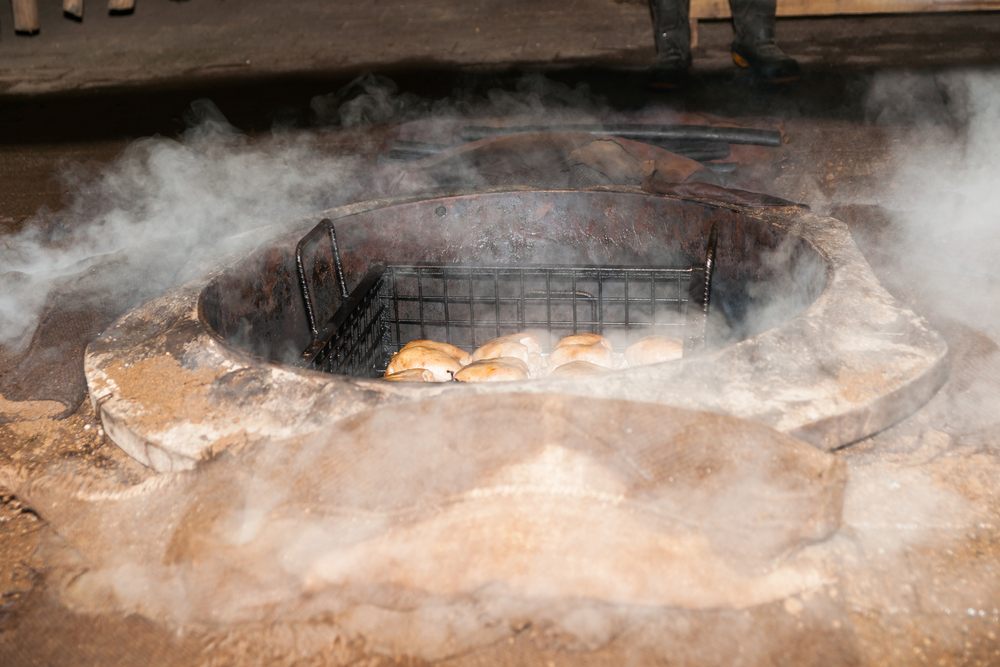
Best Hangi Food Restaurants
While many in New Zealand prepare Hangi at home for special occasions, there are several restaurants in New Zealand where visitors can experience this traditional Maori feast:
- Rotorua: A hub of Maori culture and geothermal activity, Rotorua is home to several establishments offering authentic Hangi experiences. Hangi Shop Rotorua and Rotorua Hangi Lunch are among the top recommendations.
- Auckland: The bustling city of Auckland also offers a taste of tradition. The Māori Kitchen is a notable spot, renowned for its traditional tuturu, a delightful combination of various meats and vegetables, all cooked using the Hangi method.
- Gisborne: For those venturing to Gisborne, The Hangi Pit is a must-visit. Here, visitors can savor the traditional flavors of a Maori feast, prepared with utmost authenticity.
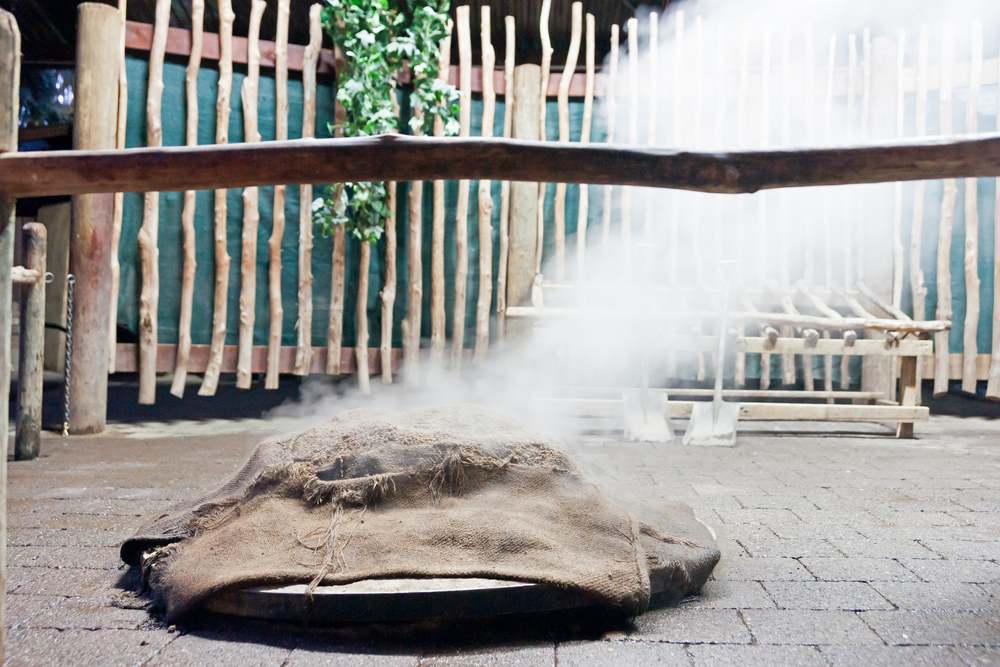
Conclusion
Hangi is not just about the food; it's a journey into the heart of Maori traditions, a celebration of community, heritage, and the bounties of the land. For travelers looking to immerse themselves in New Zealand's rich culture, a Hangi experience is a must.
And while you're at it, why not explore New Zealand in a unique way? Rent a caravan from Campervan New Zealand and journey through the breathtaking landscapes, making memories that will last a lifetime.
Whether you're savoring a Hangi meal in Rotorua or exploring the scenic beauty of West Auckland, a caravan trip is the perfect way to experience the magic of New Zealand.

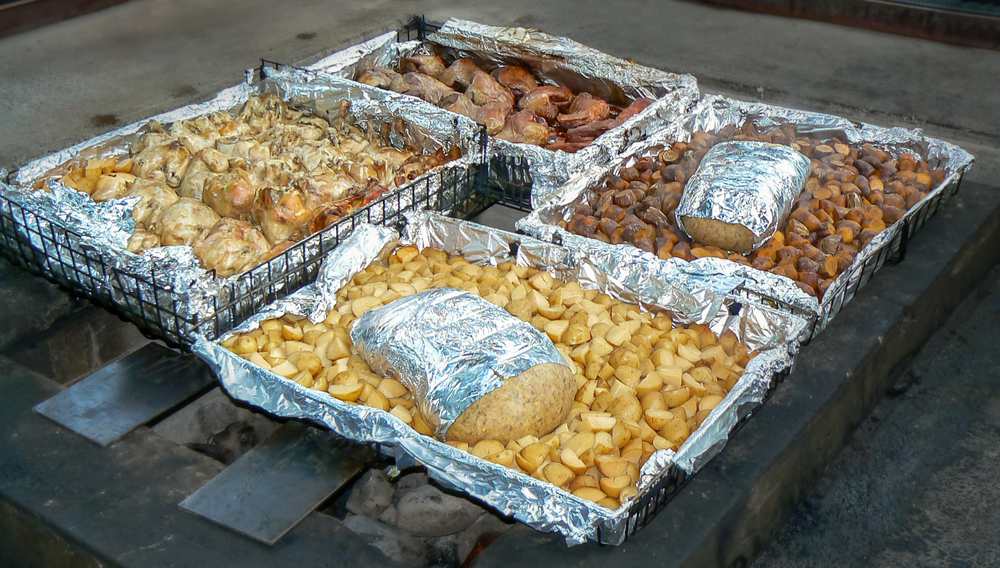
 By
By




